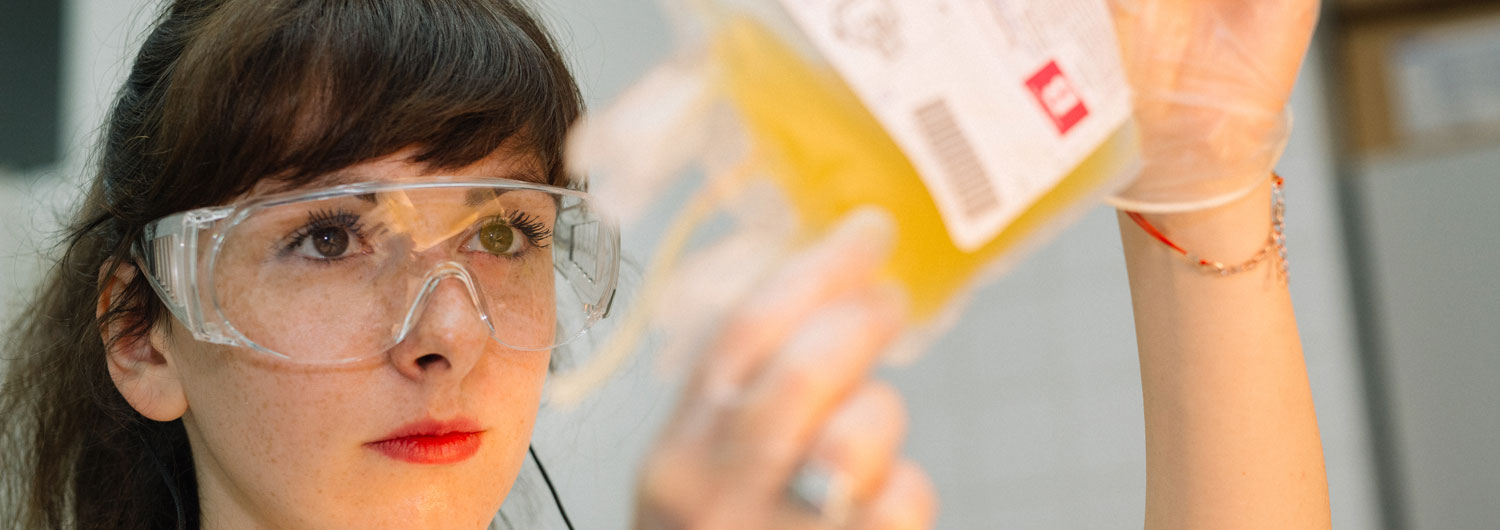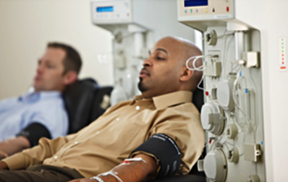Collecting Plasma in the US: Ecosystem Analysis, Cost Benchmarking & Forecast to 2032

Announcement
COLLECTING PLASMA IN THE US:
ECOSYSTEM ANALYSIS, COST BENCHMARKING & FORECAST TO 2032
INTRODUCTION

Over the past decade, US source plasma collections have grown tremendously, at a ~9% annual growth rate from 2010 to 2022. Over that period, the number of collection centers has more than doubled, to over 1,100 by the start of 2023. The pandemic had a profound effect on the industry, constraining supply while pushing up costs to historic highs. Coming out of the pandemic, the industry has started shifting its focus from securing supply at all costs to cost controls and efficiency. The expanded fleets that collectors have invested in over the last five years are finally producing significant volume and costs have come down from their highs at the same time. This improving picture is clouded by challenges that are coming into view on the horizon.
This report helps companies involved or interested in plasma collection have a complete, deep view into the current state of the plasma collections market from a high-level strategic perspective to the detailed metrics that the industry is currently seeing. It also addresses key issues that are of major importance for tomorrow, such as the challenges that the industry will face and details the current and future costs of collecting plasma broken down by main components and the number of centers and total collections forecast to 2032. This report also includes relevant data/benchmarking on all center operations, and on the major vendors that support the industry.
OBJECTIVES
The report begins with a broad background and history of plasma collection and how it influences the present environment. The current state of the plasma collections landscape is then described and includes key data, such as the average annual or monthly/weekly collection volumes per center or per donation bed across the industry. The future challenges faced by the plasma collection industry are then presented. The report forecasts the numbers of plasma centers and of source plasma collections by year until 2032, with assumptions for the outcome.
The report also covers current market price of plasma along with the current collection costs broken down by process/cost item. It discusses the entire plasma collection process in detail, providing average collection times and important aspects to consider when running plasma collection centers. It also provides information on the regulatory environment in which the industry operates (FDA, PPTA), and offers benchmarking data on new center development, including timelines and cost.
The final third of the report delves into the various vendors that service the industry including the providers of collection devices (Haemonetics/Fresenius Kabi and new entrants like Terumo BCT), donor management software systems (Haemonetics and others), testing services, donor payment processing, and product shipment/storage services. The relative strengths and weaknesses of each of these vendors are analyzed, based on customer assessments.
This report will support companies in their long-range planning efforts and serve as an essential comparison and cross-check tool for those which are currently active in the plasma collection space. It will help them understand their competitive strengths and weaknesses in terms of costs and efficiencies in this dynamic but challenging industry. It will also facilitate their assessment of the relative strengths and weaknesses of the main vendors to the plasma collection field and identify areas for improvement of the centers’ efficiency and competitiveness.
The table of contents are enclosed below:
Table of Contents
Overview and Forecast of Plasma Collections/Centers in the US
- Historical Background & Introduction
- Plasma Center Landscape – Current Locations, Trends & Growth Challenges
- Forecast of the Number of US Centers from 2020 to 2032 by Company
- Forecast of US Plasma Collections from 2020 to 2032 in liters
New Center Development
- Lifecycle and Timelines
- Budget/Cost
- Fixed Cost and Equipment
- Current Trends and Challenges
Collection Process and Plasma Center Operations
- Plasma Collection Cost by Key Component/Cost Benchmarking Analysis
- Forecast of Collection Costs by Component to 2032
- Process and Timing
- Employee Costs/Training and Other Considerations
Regulatory Environment
- Overview of Federal, State and Local Regulations
- Overview of IQPP certified and FDA License
Collection devices (Overview, Strengths, Weaknesses, Focus)
- Haemonetics
- Fresenius Kabi USA
- Terumo BCT
- Others in Development
Software
- Haemonetics
- Internal Systems/ Others
Plasma Testing (NAT costs, etc.)
Donor Payment Methods and Cost
Plasma Shipment and Storage
Donor Marketing